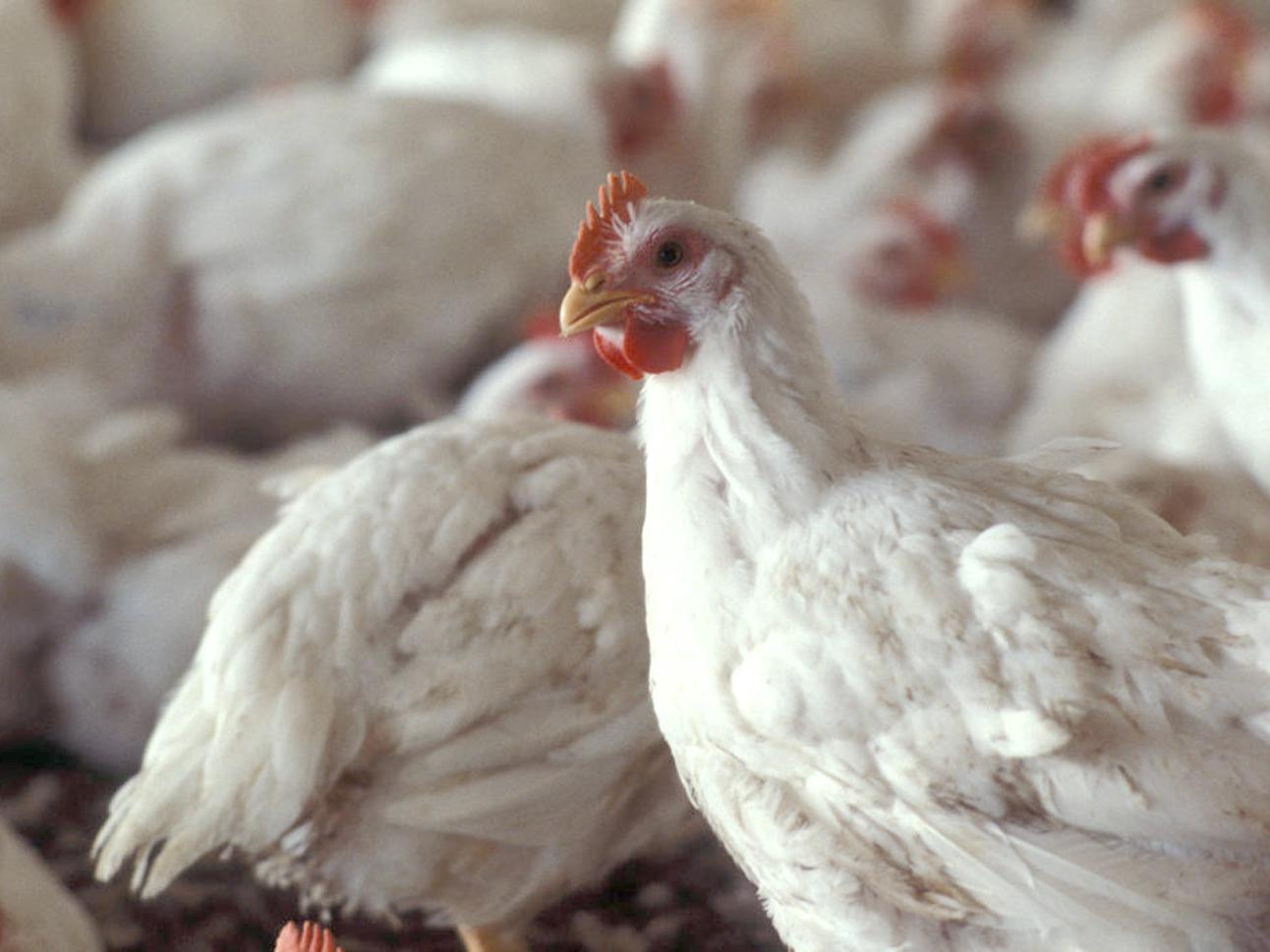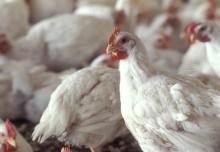Information Possibly Outdated
The information presented on this page was originally released on July 29, 2011. It may not be outdated, but please search our site for more current information. If you plan to quote or reference this information in a publication, please check with the Extension specialist or author before proceeding.
Poultry industry faces high costs of fuel, feed
MISSISSIPPI STATE – As summer heat rolls through Mississippi, poultry growers must keep a watchful eye on their cooling equipment yet begin planning for winter.
“The biggest issues growers face are heat in the summer and cold in the winter,” said Danny Thornton, MSU Extension poultry specialist. “Good management practices are the main strategies for dealing with the weather, from maintaining fans and blowers to making sure back-up generators are ready at all times.”
Because propane prices parallel gasoline and diesel prices, poultry growers have watched rising fuel costs diminish their overall profit margin.
“In the past, there has been a greater margin for price fluctuations, but now the price increases can mean the difference between making money or losing money,” Thornton said.
Thornton, who is a poultry grower himself, said most growers book their propane in early August to offset increasing prices for winter. In 2010, growers paid about $1.25 to $1.30 per gallon for propane, but Thornton expects $1.60 this year.
The industry has responded to the persistent increase in fuel costs by working to reduce power consumption.
“Most growers have tried to do everything they can to maximize energy efficiency, from using solid sidewall houses to radiant brooders and computer controllers,” Thornton said.
Fuel costs are not their only concern, however. Feed costs remain high, as weather conditions across the U.S. impact corn yields and more corn goes into ethanol production.
“Anyone you talk to in the industry, the discussion is about corn prices,” Thornton said. “At MSU, research is underway to identify alternative grains to use as food sources, but you’ve got to have some corn or you’ll hurt efficiency.”
This week’s decrease in corn prices may be too late for many in the industry. MSU agricultural economist John Michael Riley said the high cost of feed has led to many bankruptcies, primarily in the broiler industry.
“In turn, this forced many processors to pull back on bird placements, which is expected to lead to fewer broilers available in the third and fourth quarters of 2011,” he said. “Poultry is typically viewed as a ‘value’ protein, and this cutback in supply could push retail prices higher, making poultry less competitive than beef and pork.”
The U.S. Department of Agriculture’s weekly broiler report notes a 5 percent decrease in chick placements in Mississippi compared to last year. Mark Leggett, president of the Mississippi Poultry Association, said this is simply the industry’s response to oversupply.
“It’s a cyclical business; there’s overproduction and then a cutback on eggs,” Leggett said. “It’s basic supply and demand. The companies are responding by cutting back on egg placements which, over time, will correct the oversupply.”
Despite the sharp rise in input costs over the past few years, the price consumers pay for poultry products has not yet shown a marked increase.
“Because the industry is so efficient and constantly looking for ways to cut costs, chicken prices have stayed stable over time,” he said. “They look at thousandths of a cent because their volume is so high.
“The research at land grant universities aid the industry by figuring out what changes to technology in the houses or feed can make an incremental difference in cost. That’s how they can keep the price the same for consumers,” Leggett said.
Poultry is Mississippi’s largest agricultural commodity. Mississippi is fourth in the nation in broilers produced and the headquarters of Cal-Maine Foods, Inc., the world’s largest table egg company.






